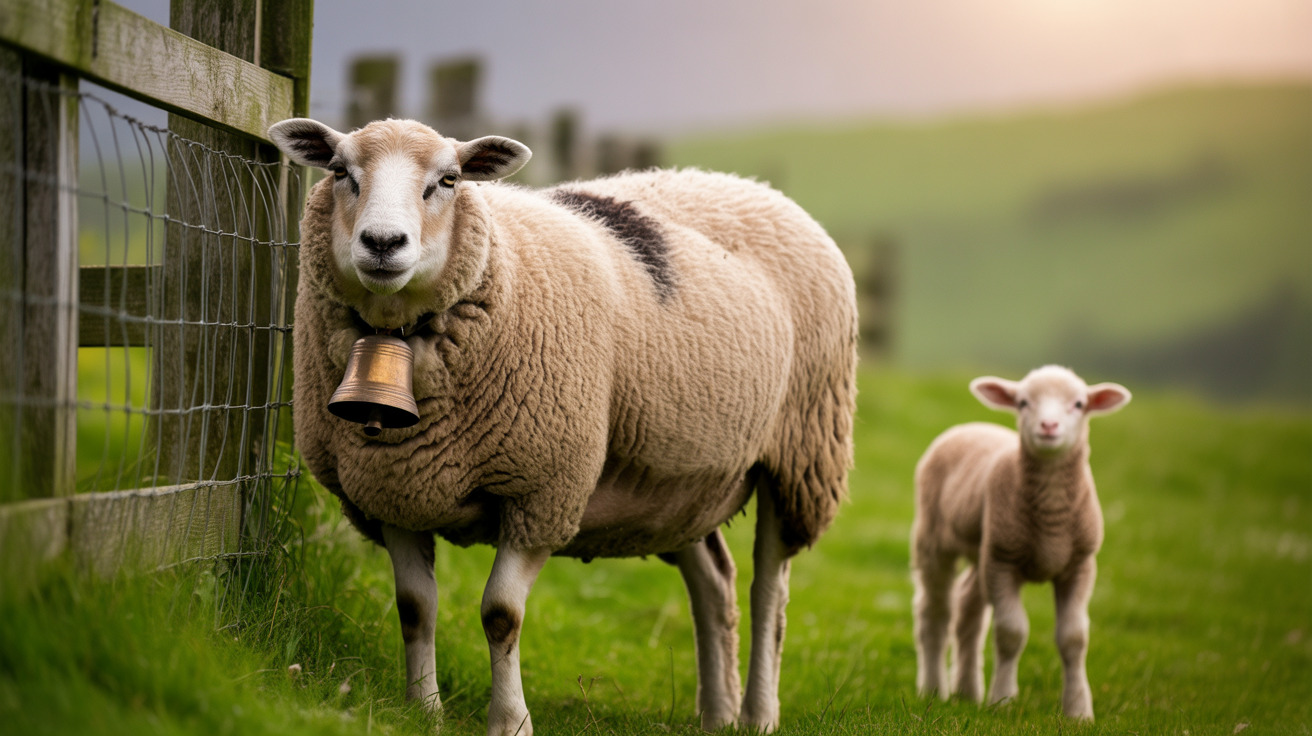A heartbreaking discovery at the Humane Society of Greater Niagara has once again highlighted the ongoing crisis of animal abandonment across the country. Late last month, rescue staff making routine checks near the facility's recycling area discovered four taped-up boxes and a small crate containing 14 abandoned animals left in darkness near the dumpsters.
This disturbing incident underscores the severe challenges facing animal shelters nationwide, as they grapple with increasing cases of pet abandonment while working tirelessly to provide care and find loving homes for vulnerable animals. The discovery serves as a stark reminder of why supporting local shelters and understanding the root causes of animal abandonment is more critical than ever.
The Reality of Abandoned Animals Rescue Operations
When rescue staff at the Humane Society of Greater Niagara made their shocking discovery, they encountered 14 scared animals who had been waiting in complete darkness for help to arrive. The animals were confined in sealed boxes and a crate, creating dangerous conditions that could have led to suffocation, dehydration, or worse.
This type of abandonment represents one of the most dangerous forms of pet relinquishment. Unlike animals surrendered through proper channels, those abandoned in such conditions face immediate life-threatening risks. Rescue organizations across the country report similar incidents, though most abandoned animals are fortunately discovered before serious harm occurs.
Understanding Pet Abandonment Causes
The reasons behind such extreme acts of animal abandonment are complex and often stem from desperate circumstances. Economic hardships have become a leading factor, with rising costs of pet care, veterinary services, and basic necessities forcing some pet owners to make difficult decisions.
Housing instability also plays a significant role in pet abandonment cases. Many rental properties have strict no-pet policies, leaving families with limited options when they need to relocate quickly. Additionally, unexpected life changes such as job loss, illness, or family crises can overwhelm pet owners who feel they have nowhere to turn.
Animal Shelter Overcrowding and Its Impact
Incidents like the one at the Humane Society of Greater Niagara contribute to the ongoing challenge of animal shelter overcrowding. Shelters nationwide are struggling to accommodate the influx of animals while maintaining quality care standards.
This overcrowding affects every aspect of shelter operations, from available kennel space to staff resources and medical care capacity. When shelters reach their limits, it creates a ripple effect that impacts adoption programs, behavioral rehabilitation efforts, and the overall welfare of animals in their care.
The Importance of Proper Shelter Intake Procedures
While the discovery of 14 animals in such conditions is tragic, it highlights the critical importance of proper surrender procedures. Most reputable shelters, including the Humane Society network, have established protocols to help pet owners facing difficult circumstances.
These procedures typically involve intake appointments, surrender counseling, and sometimes temporary fostering arrangements that can provide alternatives to abandonment. Many shelters also offer resources such as pet food banks, low-cost veterinary services, and behavioral training support to help families keep their pets when possible.
Community Support for Shelters Makes a Difference
The work of organizations like the Humane Society of Greater Niagara depends heavily on community support. From volunteer efforts to financial donations, public involvement plays a crucial role in helping shelters manage the ongoing challenges of animal abandonment and overcrowding.
Spay neuter programs, supported by community funding and volunteer efforts, remain one of the most effective long-term solutions to reducing the number of animals entering shelters. These preventive measures address the root causes of pet overpopulation and ultimately reduce abandonment incidents.
How Pet Owners Can Make a Positive Impact
Every pet owner can contribute to reducing the strain on animal shelters and preventing abandonment situations. Responsible pet ownership includes ensuring pets receive proper veterinary care, including spaying and neutering to prevent unwanted litters.
When facing difficulties that might impact pet ownership, reaching out to local shelters early can provide alternatives to abandonment. Many organizations offer resources and support systems designed to help families navigate challenging situations while keeping pets safe.
Frequently Asked Questions
Why are so many animals abandoned and left at shelters like the Humane Society of Greater Niagara?
Many animals are abandoned due to economic hardships, housing instability, rising pet care costs, lack of affordable veterinary services, and sometimes restrictions on pet ownership in housing. These factors have contributed to increased pet relinquishment and abandonment incidents nationwide.
What happens to animals found abandoned in extreme conditions like taped-up boxes near shelters?
Rescue staff quickly intervene to provide immediate care, including medical treatment and psychological support. Such abandonment poses serious risks like dehydration, injury, starvation, and trauma. Shelters then work to rehabilitate and prepare these animals for adoption.
How can pet owners help reduce the strain caused by shelter overcrowding and abandoned animals?
Pet owners can help by spaying/neutering their pets to prevent overpopulation, supporting and adopting from shelters, advocating for pet-friendly housing, and donating to or volunteering with local shelters to support their capacity and care efforts.
What are the common adoption requirements at animal shelters?
Typically, adopters must be 18 or 21 years old, submit an application, provide ID and proof that pets are allowed in their home, participate in a meet-and-greet with the animal, and sometimes allow a home visit. References and verification of the ability to care for the pet are often required.
The discovery of 14 abandoned animals at the Humane Society of Greater Niagara serves as a powerful reminder of the ongoing challenges facing animal welfare organizations. By understanding the causes of animal abandonment and supporting local shelters through adoption, volunteering, and responsible pet ownership, communities can work together to prevent such heartbreaking situations and ensure every animal has the chance for a loving home.






